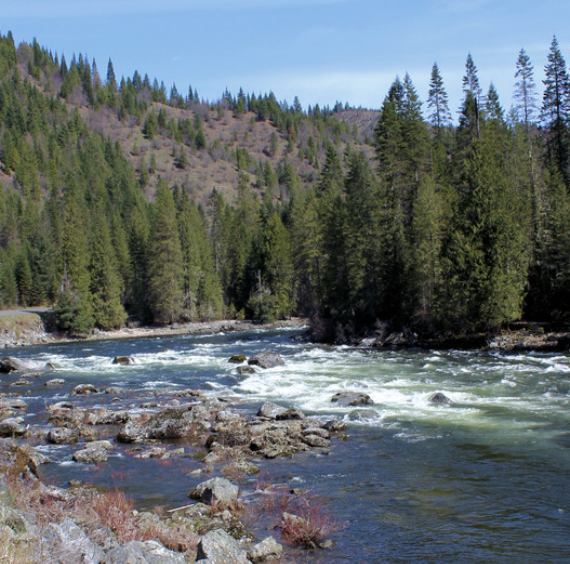
The Environmental Protection Agency has made $225 million available to improve access to safe drinking water and wastewater services for American Indian tribes and Alaska native villages.
Tribes will be able to apply for projects that address concerns such as lead service lines and harmful contaminants in drinking water and wastewater, the EPA said.
Funds will be administered through the following programs:
$69.4 million in Clean Water Indian Set-Aside funding through the Bipartisan Infrastructure Law and annual appropriation funds.
$133.8 million in Drinking Water Infrastructure Grants Tribal Set-Aside funding through the Bipartisan Infrastructure Law and annual appropriation funds.
$19.3 million in Emerging Contaminants in Small or Disadvantaged Communities Tribal Grant Program funding through Bipartisan Infrastructure Law funds.
$2.85 million in Small, Underserved, and Disadvantaged Communities Tribal Grant Program funding through annual appropriation funds.
Previous awards have traditionally been used for projects ranging from establishing clean, safe wastewater treatment to pesticide reduction to waterways where fish consumption is critical to establishing backup power sources for wastewater systems after natural disasters like wildfires.
Some examples of tribal investments include:
$2 million for the Clearwater River, Nez Perce Reservation in Idaho to help ensure salmon is healthy for consumption. With funds awarded through the Columbia River Basin Restoration Program, the Nez Perce Tribe will use permanent and semi-permanent practices to reduce pesticides that infiltrate waterways in the Clearwater River watershed. Reducing pesticides in waterways benefits all living things that rely on the waters of the Columbia River Basin, the EPA said.
A $1.8 million forgivable loan that the Fallon-Paiute Shoshone Tribe in Nevada received to continue a project to enhance an existing wastewater treatment lagoon and install a lift station resulting in improved sanitation and environmental health.
$1.6 million to the Tohono O’odham Nation to install a new arsenic treatment facility for groundwater wells on the Sells public water system. The system was experiencing rising arsenic levels that are close to the maximum containment level of 10 parts per billion. The project will serve 1,014 homes in the Sells and Big Fields communities.
Photo courtesy of IdahoRivers.org
The post EPA to spend $225 million to improve tribal safe water access appeared first on Government Market News.
